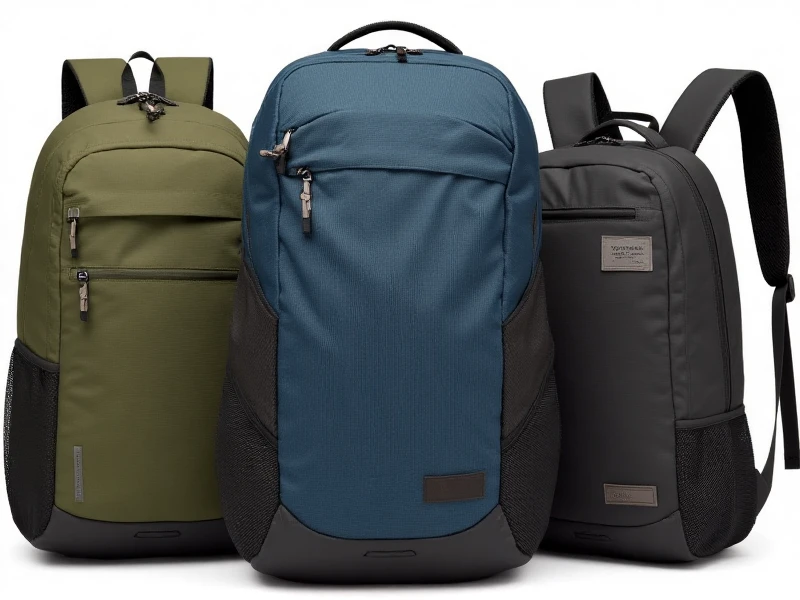Ultimate Guide to Choosing the Best Men's Outdoor Backpacks for Adventures
2025-06-05

For any man who loves the great outdoors, a reliable backpack isn't just an accessory—it's a vital partner on every journey. From rugged hiking trails to backpacking trips across continents, the right men's outdoor backpack keeps your gear secure, accessible, and comfortable, letting you focus on the adventure. But with so many options flooding the market, finding the perfect pack can feel overwhelming. This guide cuts through the noise to help you select a durable, high-performance men's outdoor backpack that meets your specific needs. We'll explore essential features, top category recommendations, and practical tips to ensure your next purchase is a smart investment for years of exciting excursions.
First, let's dive into the core types of men's outdoor backpacks available today. Hiking and trekking packs, typically ranging from 30 to 70 liters, are ideal for day trips or multi-day adventures, with features like hydration compatibility and ergonomic designs minimizing strain on your back. For longer expeditions, expedition backpacks—often over 70 liters—offer massive capacity for extended stays in the wild, complete with reinforced frames for heavy loads. Travel backpacks, designed with quick-access compartments and lightweight materials, suit globe-trotters who need versatility on airplanes or road trips. Then there are specialized packs like summit or climbing backpacks, which prioritize slim profiles and abrasion resistance for intense ascents, and everyday outdoor use bags for shorter activities like cycling or camping. Understanding these categories helps narrow down your choices based on your primary activities; for instance, a weekend hike demands a different pack than a month-long expedition.
Next up, the key features that define a top-notch men's outdoor backpack. Durability tops the list, as a solid build prevents tears and extends lifespan—look for high-denier fabrics like nylon or Cordura, coupled with reinforced stitching and zippers. Water resistance or full waterproofing is crucial for rainy climates; options with integrated rain covers or TPU coatings ensure your essentials stay dry. Comfort is equally vital: adjustable shoulder straps, padded hip belts, and breathable mesh backs distribute weight evenly, reducing fatigue on long treks. Organizational elements, such as multiple compartments for quick gear access, external pockets for water bottles or trekking poles, and internal sleeves for laptops or hydration bladders, enhance functionality. Ventilation systems, like mesh padding that wicks away sweat, keep you cool during strenuous hikes. Additionally, lightweight construction saves energy without sacrificing strength, as does an adjustable suspension system that tailors the fit to your body. Balancing these features ensures your men's outdoor backpack adapts to diverse terrains and climates.
Now, how do you choose the right men's outdoor backpack? Start by assessing your typical adventures: if you're into day hikes, a 30-50 liter pack strikes a great balance between capacity and portability. For overnight trips, aim for 50-70 liters, while multi-week excursions require 70 liters. Measure your torso length for a precise fit—most retailers provide sizing charts to match packs to your height. Consider the weight distribution; frames made of aluminum or composite materials offer stability without bulk. Features like compression straps help stabilize loads, and modular attachments (e.g., for gear lashings) add flexibility. Don't overlook climate factors: if you frequent wet regions, prioritize waterproof zippers and coated fabrics. Brands like Osprey, Deuter, and Gregory excel in this space, with user reviews highlighting models such as the Osprey Atmos AG for exceptional ventilation or the Deuter Aircontact Ultra for max comfort. Remember, a hands-on test at a store to check shoulder and hip fit is worth the effort—an ill-fitting pack can ruin a trip.
Finally, care and maintenance prolong the life of your men's outdoor backpack. Clean it after every outing with mild soap and water, avoiding harsh chemicals that degrade fabrics. Store it loosely in a cool, dry place to prevent mold or deformation. Inspect zippers and straps regularly for wear, and promptly patch any minor tears to avoid bigger issues. With proper upkeep, your pack will deliver reliable performance hike after hike. In conclusion, investing in a quality men's outdoor backpack elevates every adventure, combining durability, comfort, and smart design to tackle nature's challenges. Share your go-to pack in the comments or explore more tips on our blog to gear up for your next outdoor escapade! After all, the best journeys start with the right backpack.
Category: